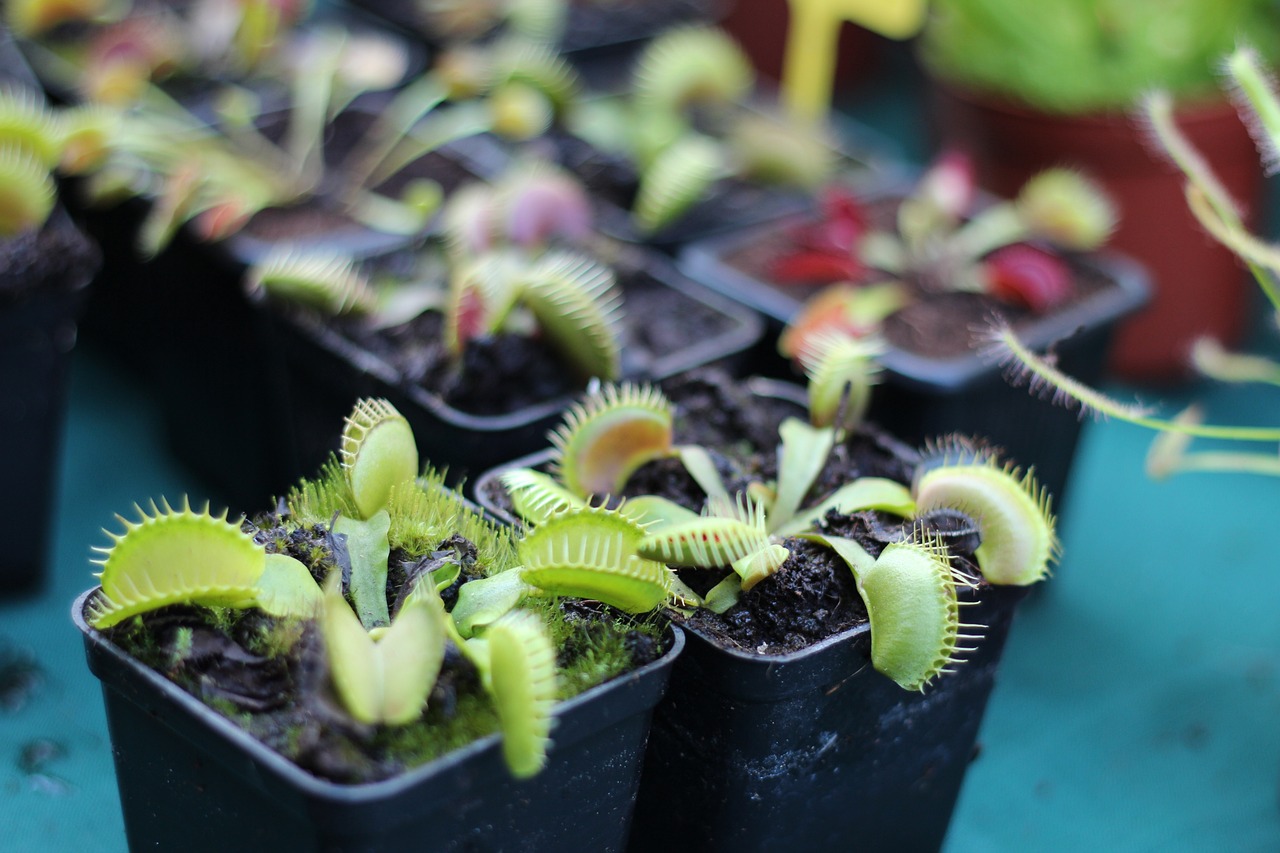
Transforming your home into a tropical paradise is easier than you might think, especially with the right selection of indoor plants. Tropical plants bring vibrant colors, unique textures, and a sense of tranquility that can elevate any space. Whether you have a sun-drenched corner or a cozy nook, here’s a list of top plants that will help you achieve those lush, tropical vibes indoors.
Why It’s Great: Known for its iconic split leaves, the Monstera adds a bold statement to any room. This low-maintenance plant can grow quite large, making it perfect for adding height to your indoor garden.
Care Tips:
Why It’s Great: With its large, glossy leaves, the Fiddle Leaf Fig is a favorite among interior designers. It’s perfect for creating a dramatic focal point in your living space.
Care Tips:
Why It’s Great: With its stunning, fan-like leaves and tropical flair, the Bird of Paradise can easily become the centerpiece of your indoor garden. Its unique foliage adds an exotic touch.
Care Tips:
Why It’s Great: The Peace Lily not only boasts beautiful white flowers but also acts as a natural air purifier. Its elegant leaves and flowers make it a great choice for indoor decor.
Care Tips:
Why It’s Great: Pothos is one of the easiest plants to care for and is perfect for beginners. Its trailing vines can create a stunning cascading effect, making it ideal for shelves or hanging pots.
Care Tips:
Why It’s Great: The Rubber Plant is known for its large, glossy leaves that can bring a touch of sophistication to your space. It’s also relatively easy to care for, making it a popular choice.
Care Tips:
Why It’s Great: Calatheas are famous for their striking leaf patterns and colors. They add a touch of artistry to your indoor garden and are perfect for those who appreciate unique foliage.
Care Tips:
Why It’s Great: The ZZ Plant is nearly indestructible, making it an excellent choice for those who may forget to water regularly. Its glossy leaves and upright growth add elegance to any room.
Care Tips:
To successfully cultivate your indoor tropical paradise, consider the following tips:
Bringing tropical vibes into your home is all about selecting the right plants and creating an environment where they can thrive. With these top plant choices and care tips, you can create a beautiful indoor oasis that not only enhances your space but also boosts your mood and air quality. Embrace the beauty of tropical plants and enjoy the serene atmosphere they bring to your home. Happy gardening!
Share :
We are passionate about creating beautiful, green spaces within our homes and sharing that enthusiasm with fellow plant lovers.

We are passionate about creating beautiful, green spaces within our homes and sharing that enthusiasm with fellow plant lovers.
Copyright © 2024 Myindoorgarden. All Right Reserved.